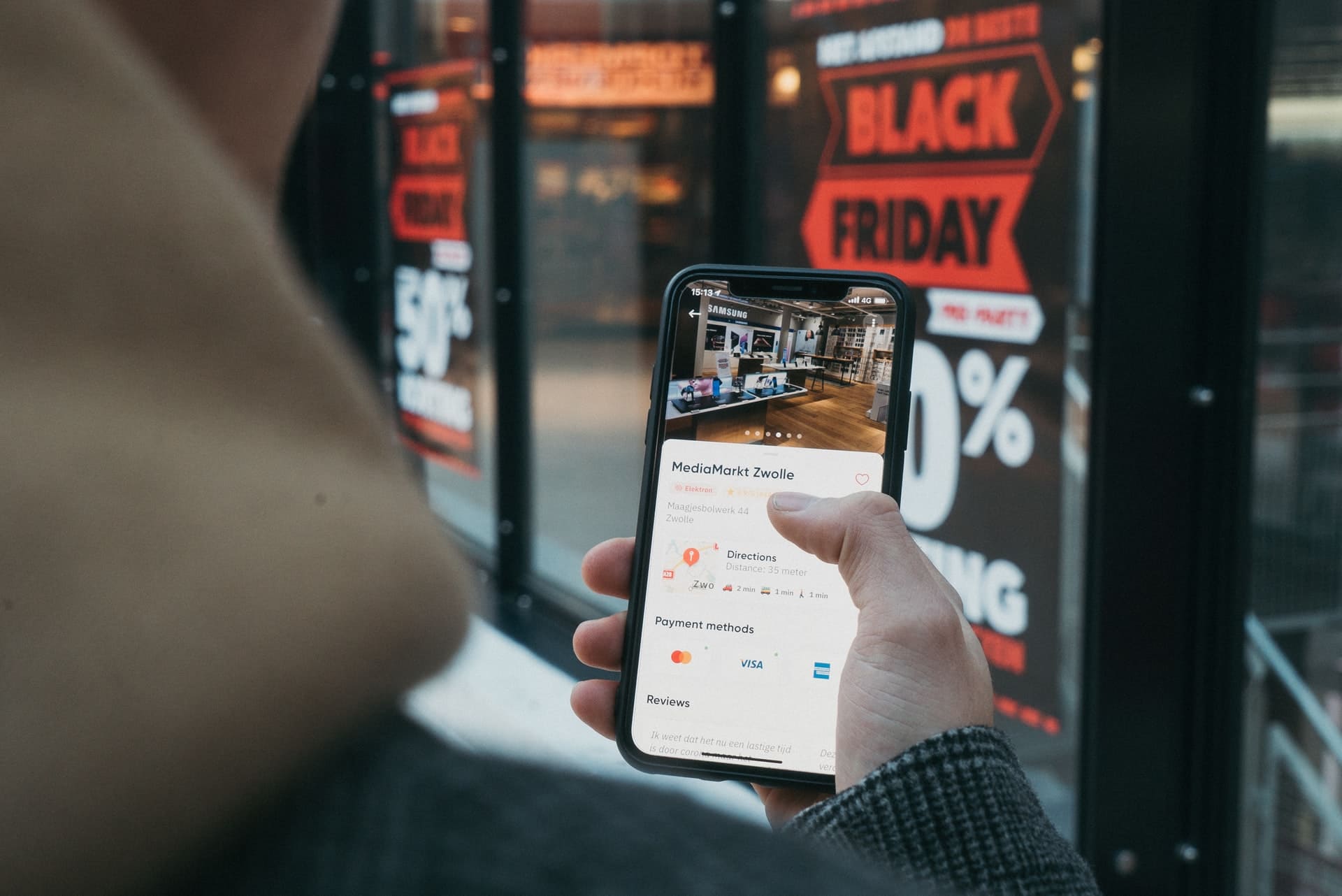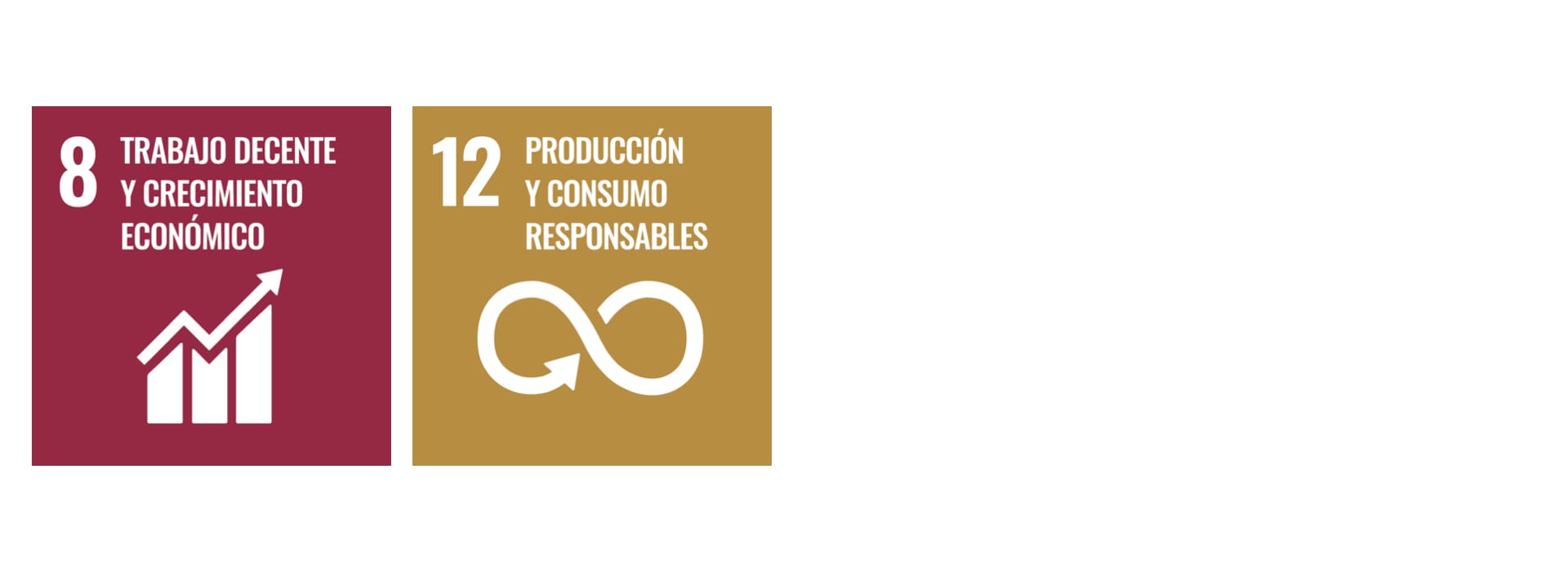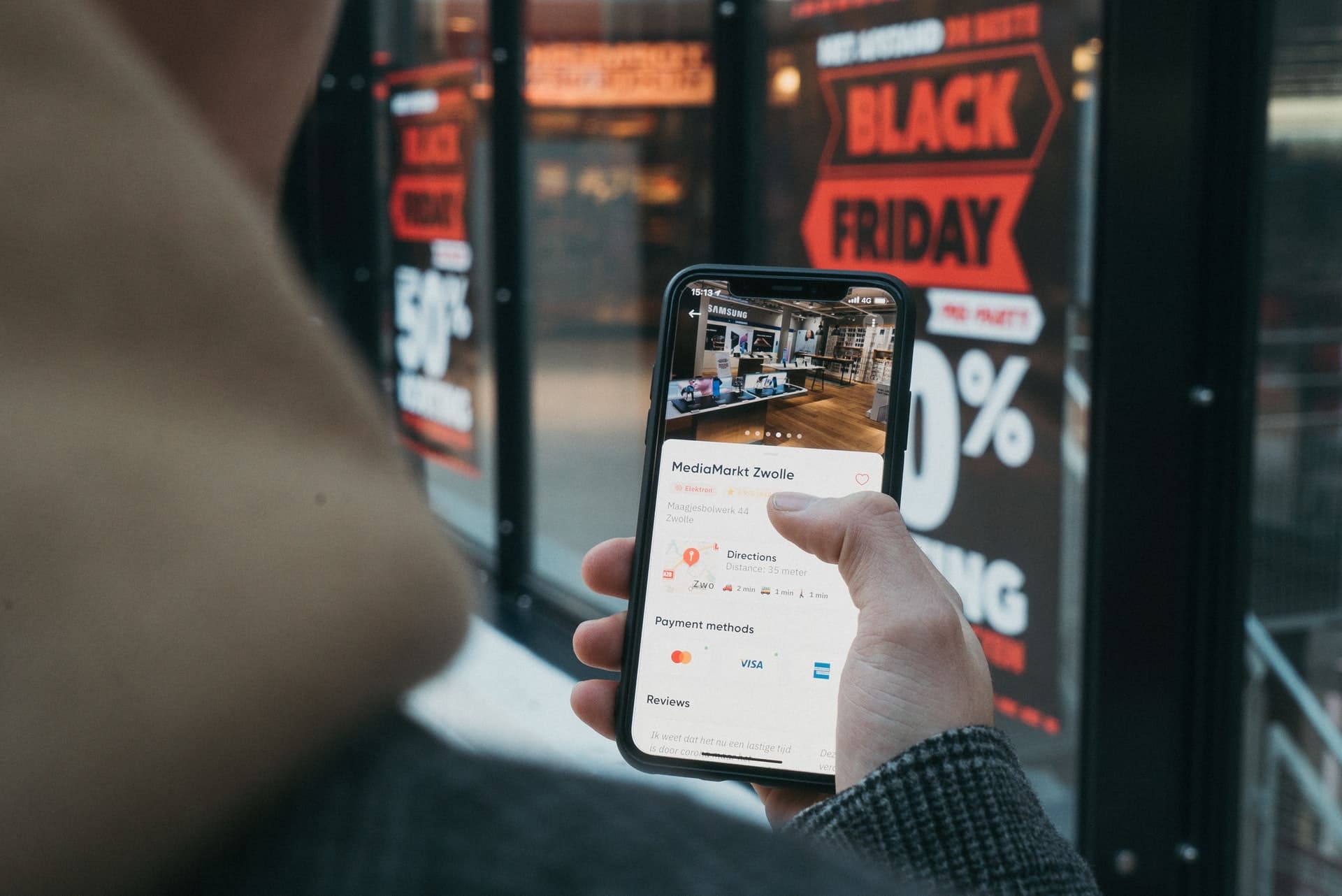Many companies have long been working with marketing strategies based on the psychology of scarcity, which translates into consumers' fear of running out of the product they want. In a situation of real shortages of raw materials, is this a useful strategy? The director of the Master in Marketing, Carolina Luis Bassa, analyzes it.

Carolina Luis Bassa
Director of Master in Marketing
Director of Business & Management Strategy Department
__
Many companies have long been working with marketing strategies based on the psychology of scarcity, which translates into consumers' fear of running out of the product they want. This is known as scarcity marketing and is a phenomenon that generates a sense of urgency in purchasing due to a limited number in stock.
It has often been considered a way to increase sales by conveying to the consumer the feeling that he or she will miss an attractive purchase opportunity. This marketing strategy has been questioned for its "misleading" component, but it has also been proved effective, especially in certain types of products such as luxury items.
The shortage marketing strategy may incentivize the impulse to buy quickly, but when the stock-out is real, the result will be an increase in the price of the missing products
The communication methods of these strategies are very varied. It can take the form of very attractive discounts due to the launch of a new product or the end of the season. The "limited edition" message is also used, conveying to consumers the perception that, if they hurry, they will get their hands on an exclusive and unique product. In some cases, scarcity is planned, when the brand knows that its consumers will pay to be the first to have the product.
Nespresso and Apple have used this strategy to convey a prime product image to their consumers. Companies have also used it in their intensive shopping campaigns such as Singles' Day, Black Friday or Christmas, placing a finite number of units.
In the tourism and travel sector, the hotel platform Booking often warns that "this is the last room left", or the airline Vueling often places ads such as "only 3 seats left". The Amazon marketplace also applies scarcity marketing continuously on its items for sale, making visible to the consumer the quantity of items that are still available. The MODCLOTH platform, in turn, uses "get it before it sells out" campaigns as an essential part of its business model.
But is there a shortage or not?In recent months, several events have caused significant delays in the delivery of many supplies, resulting in general shortages in different product families. Almost all sectors that depend on external supplies are being affected in view of the upcoming sales campaigns. The shortages that are occurring globally are the result of isolated but coinciding phenomena that have happened during the last few months and have generated a "waiting line" in the delivery of certain supplies.
Companies have employed this strategy in intensive shopping campaigns such as Singles' Day, Black Friday or Christmas, placing a finite number of units
Both covid-19 and road blockades of traditional distribution routes have caused real "bottlenecks" in the delivery of supplies or specific products. Locally manufactured products whose components depend on external raw materials, such as automobiles, some toys and technological products, will be the most affected. These sectors are experiencing delays in deliveries that can generate months of waiting time, as in the case of cars.
It is very likely that some companies will take advantage of this situation to send pressure messages through targeted scarcity marketing campaigns that convey urgency to buy. However, in the face of these events, which undoubtedly generate delays in deliveries and nervousness among retailers in the face of high purchase dates, it is balanced by the fact that many stores have had an "accumulation of inventories" as a result of the commercial slowdown due to Covid-19.
Some sectors, especially non-perishable products, are drawing on these inventories, which will surely help them to balance the delays in deliveries. Some will not be so affected, such as the textile and agri-food sectors, the latter with a high share of local raw materials and which was one of the sectors that remained, and even grew, during the Covid-19 crisis.
Road blockades of traditional distribution routes have caused real "bottlenecks" in the delivery of supplies, especially in sectors such as automotive, toys and technology
In these cases, the psychology of scarcity in marketing campaigns is not only unnecessary, but can be counterproductive as it becomes clear that the products involved are not directly dependent on the outside. Let's not forget that, nowadays, consumers are very attentive to the behavior of their brands and, in a matter of minutes, they can publish a news item related to a company's movement that sounds misleading.
In short, the strategy of shortage marketing, when used well, can incentivize the impulse to buy quickly or help the undecided consumer decide, but when the shortage is real, the result will be an increase in the price of the missing products.

